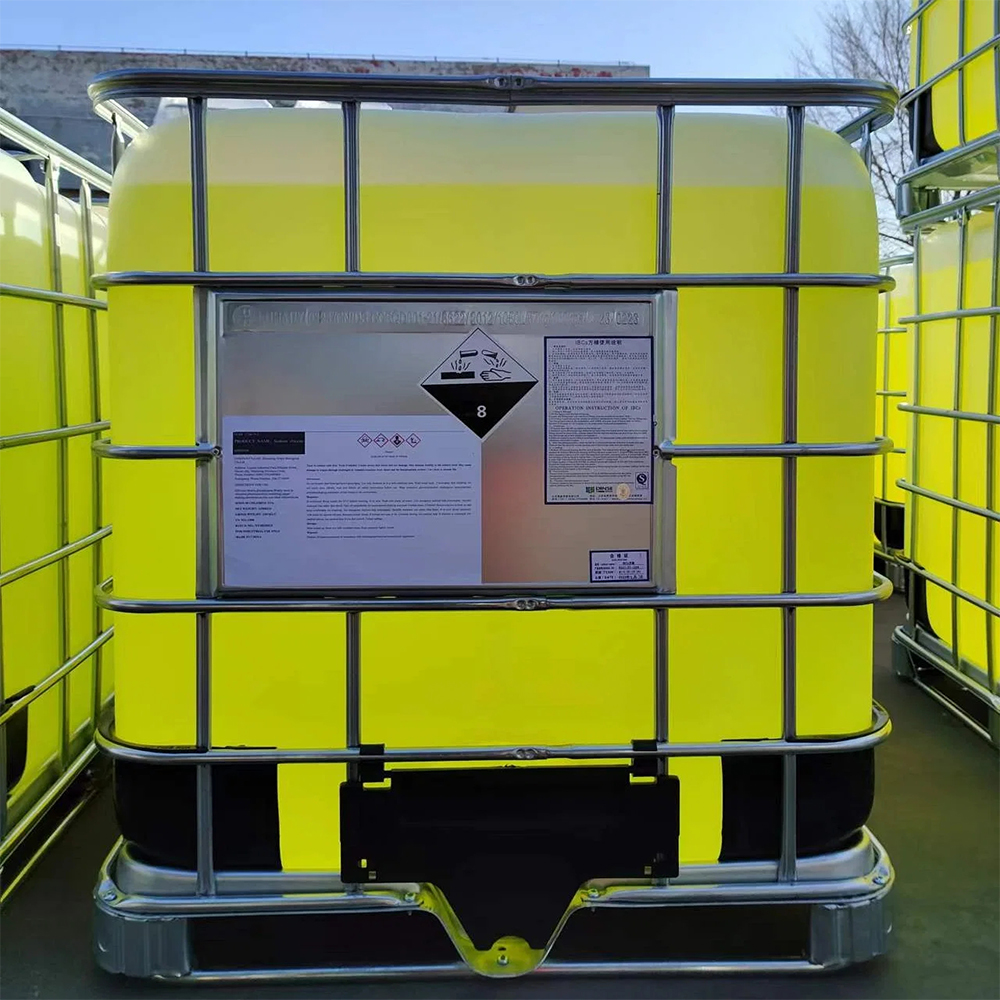



Understanding the pH Scale and Applications of Caustic Soda in Industry
Understanding Caustic Soda and Its pH Scale
Caustic soda, scientifically known as sodium hydroxide (NaOH), is a widely used chemical in various industries due to its strong alkaline properties. It plays a crucial role in applications ranging from soap making to the production of biodiesel and even as a drain cleaner. One of the key aspects of caustic soda is its high pH level, which indicates its strong caustic nature.
The pH scale is a logarithmic scale that measures the acidity or alkalinity of a solution, with values ranging from 0 to 14. A pH of 7 is considered neutral, while values below 7 indicate acidity and those above 7 indicate alkalinity. Caustic soda solutions typically have a pH level that can range anywhere from 12 to 14, making them extremely alkaline.
Understanding Caustic Soda and Its pH Scale
The high pH of caustic soda also means that it can have significant effects on living organisms and materials. In industrial settings, it is essential to handle caustic soda with care. Direct contact with skin or eyes can cause severe burns, and ingestion can lead to serious health consequences. Therefore, appropriate personal protective equipment (PPE) such as gloves and goggles are crucial when working with this chemical.
caustic soda ph scale

When considering the applications of caustic soda, its relationship with pH can be observed in a variety of scenarios. For instance, in the pulp and paper industry, sodium hydroxide is employed in the pulping process to break down lignin, a natural polymer that binds cellulose fibers together. The high pH environment helps facilitate this process, resulting in the production of high-quality paper.
In water treatment, caustic soda is sometimes utilized to raise the pH of acidic water, improving the water’s quality for various uses. Alkaline water can precipitate certain contaminants and improve the effectiveness of chlorine disinfection, making it a valuable tool in maintaining safe drinking water.
Furthermore, the importance of pH in chemical reactions cannot be overstated. Many chemical reactions can be pH-dependent, affecting both the rate and the yield of desired products. For example, in the production of biodiesel through transesterification, the reaction efficiency can significantly increase in alkaline environments, thus emphasizing the role of caustic soda in the process.
Despite its many benefits, the use of caustic soda is not without risks. Environmental considerations also come into play, as improper disposal or leaks can lead to hazardous situations. Caustic soda can significantly alter the pH of natural water bodies, affecting local ecosystems and aquatic life. Therefore, strict regulations and monitoring are essential when using this potent chemical.
In conclusion, caustic soda is a highly versatile chemical with a significant impact across various industries. Its high pH makes it a powerful alkaline agent, suitable for a range of applications, but it also necessitates careful handling and environmental management. Understanding the pH scale and the properties of caustic soda is crucial for anyone working with this chemical to ensure safety and to maximize its potential benefits in industrial processes. As we continue to harness the capabilities of caustic soda, balancing its use with safety and environmental stewardship will be key to its sustainable application.
-
Why Sodium Persulfate Is Everywhere NowNewsJul.07,2025
-
Why Polyacrylamide Is in High DemandNewsJul.07,2025
-
Understanding Paint Chemicals and Their ApplicationsNewsJul.07,2025
-
Smart Use Of Mining ChemicalsNewsJul.07,2025
-
Practical Uses of Potassium MonopersulfateNewsJul.07,2025
-
Agrochemicals In Real FarmingNewsJul.07,2025
-
Sodium Chlorite Hot UsesNewsJul.01,2025










